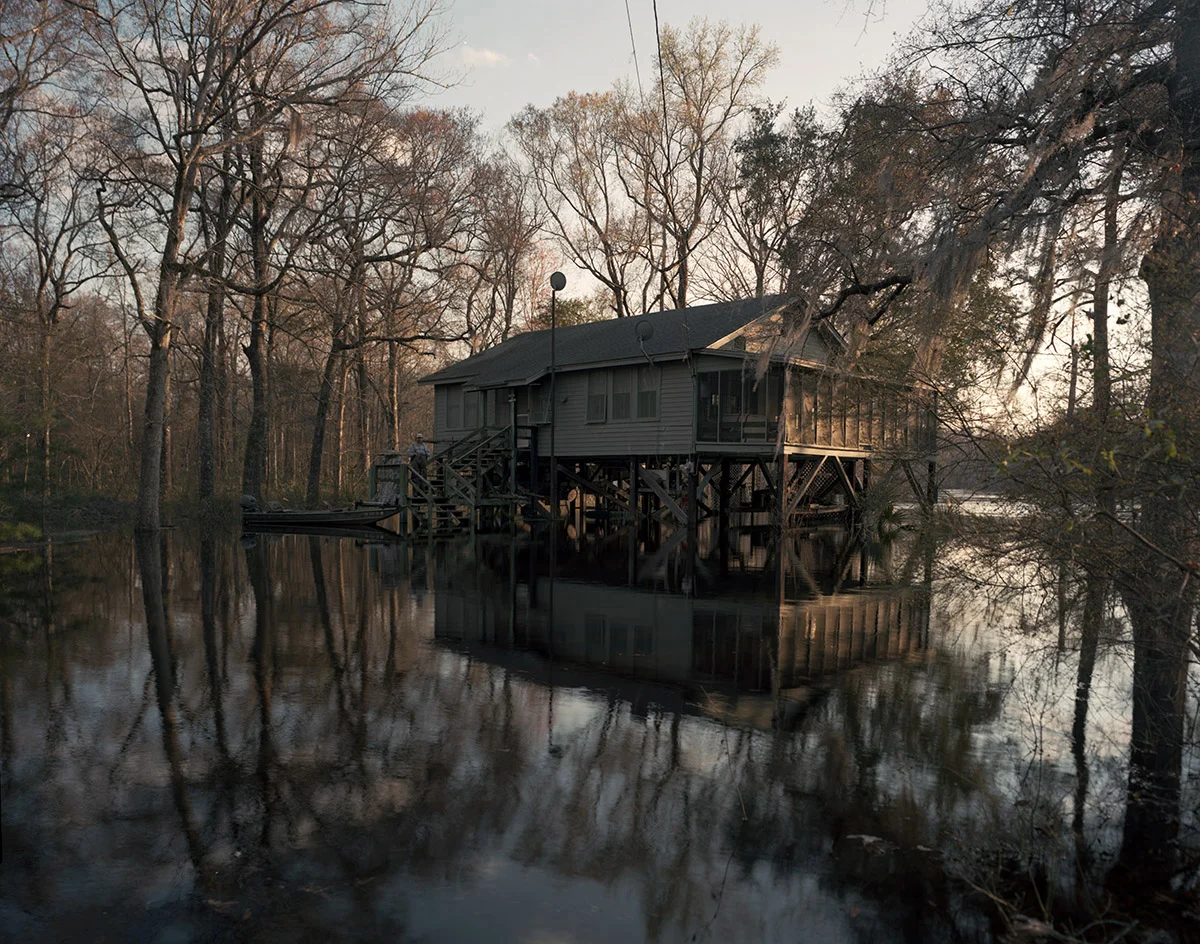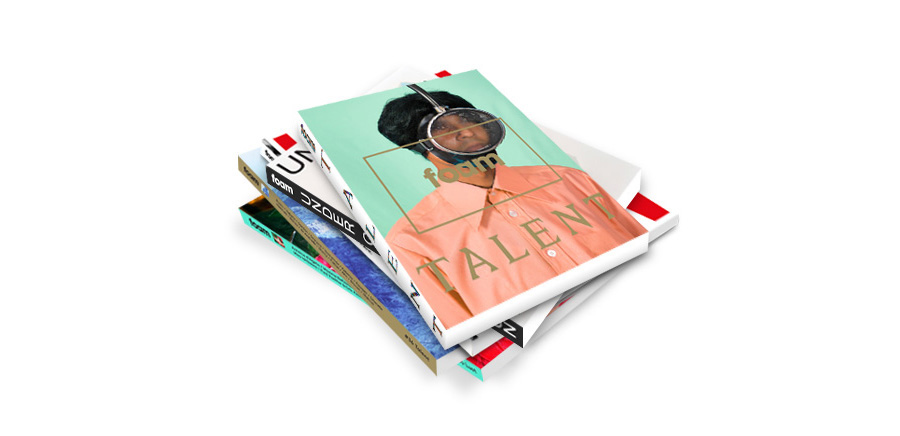I was first introduced to Kristine Potter’s work when Humble included an image from her series “The Gray Line” in our 2010 exhibition “31 Women in Art Photography,” I co-curated with Charlotte Cotton. The image, which showed two men from West Point Military Academy, dressed in camouflage and backlit by a piercing sun, intrigued me because of its complex gesture that fell somewhere between fight and embrace. The work was inspired by Potter’s relationship to the multiple generations of men in her family who served in the military.
Stephen Milner's ongoing Ogeechee River Project documents the environmental problems facing residents living along the Ogeechee River in Georgia since 2011 when it was discovered that a textile producer had been illegally dumping into the river for 6 years.
Milner's quiet portraits and landscapes, building on the traditions of Joel Sternfeld, Alec Soth and Amy Stein give an insight into how the community, who relied on the river for its food, transportation and recreation, has adjusted to their unfortunate circumstances. While the series is undoubtably political, Milner's sensitivity to his subjects transcends his work from hardened diatribe to a more complicated unveiling of the human spirit.
Many of the project's initial images were photographed with a 4x5 camera, something that Stephen describes as impactful on his interactions with his subjects. "I found that people were way more interested in being photographed, I think it was because of the size and the unfamiliar process that intrigued them. It made them more comfortable with me, I think knowing that if I lugged around a huge camera that took forever to set up, I must be pretty serious about my craft."
While some large format photographers depend on this slowed down process, Stephen has applied its comfort to making digital pictures that are nearly indistinguishable from his large format work. He returns frequently -- generally weekly and sometimes daily, building on the community's individual stories as their life and circumstance evolves.
"I photographed one of the guys two years ago in his temporary trailer on the river. He has a interesting story – he lived off the river for a long time before the fish kill and pollution. His campground was epic, he had a drum set overlooking the river. But it flooded and he had to go to higher ground. He has a new camp now, about 30-40 minute hike through winding swampy overgrown trails. I followed him earlier for like 10 minutes but had to turn back because it was getting dark and a storm was approaching. Maybe I'll get to photograph him again Sunday. "
Stephen Milner (b.1991) is a photographer currently living in Savannah, Georgia. He received his BFA in photography from the Savannah College of Art and Design in 2013, where he was awarded the grand prize PDN Best of College Photography and PDN & Panasonic “Changing Photography” award. His work has been featured in the Oxford American, The Inertia, PDN Magazine, Rangefiner Magazine, Lenscratch, Mullitover, Nikonos Project, and Aint-Bad Magazine.
On Saturday, October 4, 2014, art professionals, mani Olu and Larry Ossei-Mensah, will host the back to school edition of The Rules: How to Play the Art Game without Sacrificing Artistic Integrity at KX–L x miLES, located at 103 Allen Street (corner of Delancey and Broome) from 10a.m. to 4p.m.
While thousands of who's whos swarmed and sweated PS1's halls this weekend for Printed Matter's MOMA PS1 Art Book Fair and we broke our budgets big time (thanks Conveyor Arts, S_U_N, Daniel Shea and, and Diagonal Press for having the best stuff in the world), roving outside were a band of super smart punks taking celebrity for storm with de-authored prints (and one edition of apparently authorized photocopied editions of Alec Soth's Broken Manual) from history-of photographers.
Foam's Deputy Director Marcel Feil introduces this year's Talent issue with an essay that poses a simple, yet increasingly relevant question: What constitutes true artistic talent? How do we distinguish between artists who have a spark, who create visually appealing and thoughtful work, from those who are truly “outstanding” and perhaps promise a coveted place in the future cannon of photographic history?















